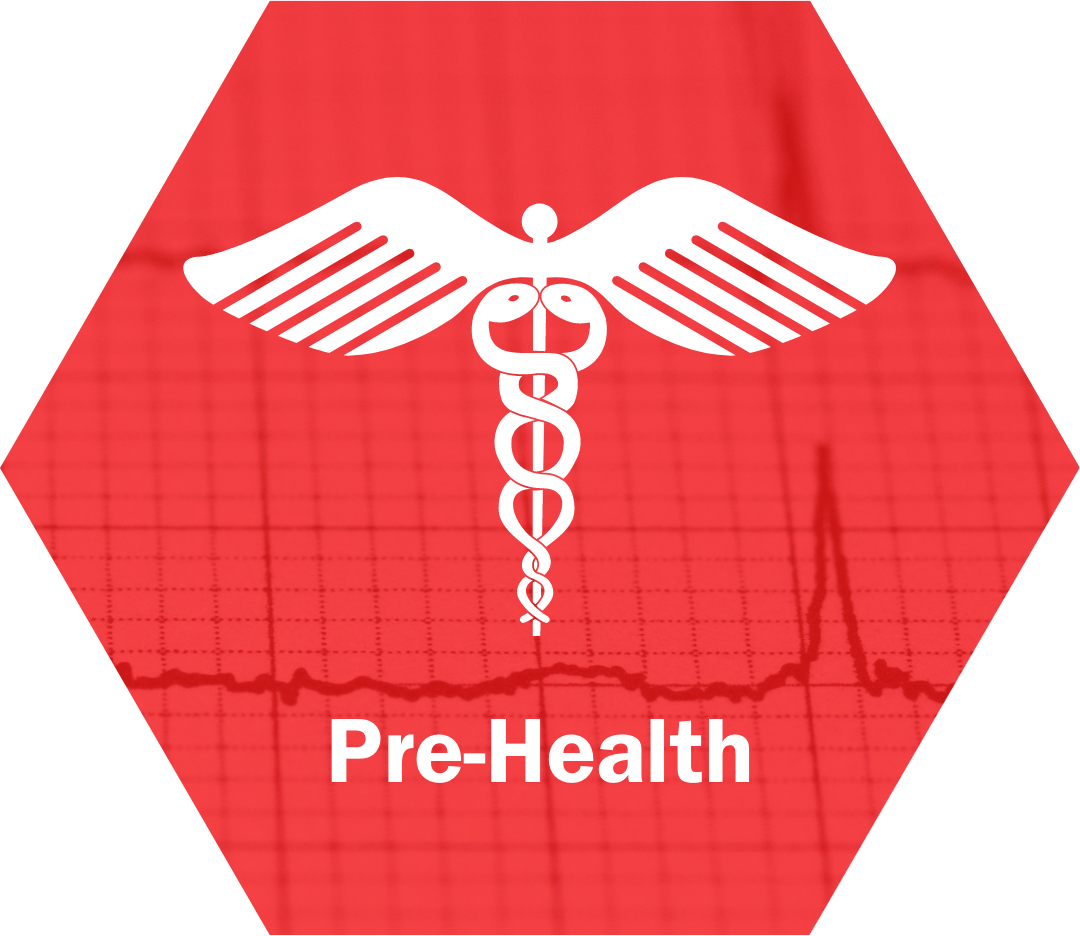
Careers in Occupational Therapy
Occupational therapists help people across the lifespan participate in the things they want and need to do through the therapeutic use of everyday activities (occupations). Common occupational therapy interventions include helping children with disabilities to participate fully in school and social situations, helping people recovering from injury to regain skills, and providing supports for older adults experiencing physical and cognitive changes.
Occupational therapy services typically include:
- An individualized evaluation, during which the client/family and occupational therapist determine the person's goals
- Customized intervention to improve the person's ability to perform daily activities and reach the goals
- An outcomes evaluation to ensure the goals are being met and/or make changes to the intervention plan
Areas of practice in occupational therapy include:
- Children and Youth
- Health and Wellness
- Mental Health
- Productive Aging
- Rehabilitation, Disability, and Participation
- Work and Industry
Clinical Involvement
Engagement in the field of occupational therapy will not only help you continue to explore and confirm your interest in the profession, but also demonstrate a commitment to serving others. Additionally, some occupational therapy programs require 40-60 observation hours in at least two different clinical settings which often need to be under supervision of a licensed occupational therapist.
Check out all of the opportunities at UVA and around Charlottesville here!
Manual Dexterity Development
During the admission process, dental schools look for evidence of your psychomotor skills to perform the necessary dexterity tasks dentistry demands. Consider some of the following tasks or identify others to help you practice this important skill set:
- Painting
- Jewelry-making
- Knitting
- Learning to tie fishing knots
- Playing a musical instrument
- Lab work that requires a steady hand and good hand-eye coordination
Academic Pre-Requisites
Pre-requisite course requirements vary widely by individual school. You should determine specific requirements for programs of choice using the AOTA Find a School Page. We encourage you to begin researching individual program requirements as early as possible. If you are a resident of a particular state, you should start with those public institutions.
The summary below is a list of the most common pre-occupational therapy requirements.
|
Course |
Amount |
Required for Schools |
|
Anatomy and Physiology |
2 lectures, 2 labs |
Yes |
|
Statistics |
1 course |
Yes |
|
Anthropology |
1 - 2 courses commonly including: |
Yes |
|
Psychology |
2 - 4 courses commonly including: |
Yes |
|
Sociology |
1 - 2 courses |
Many |
|
Medical Terminology |
1 course |
Many |
|
Introductory Biology |
1 lecture, 1 lab |
Some |
|
Introductory Physics |
1 lecture, 1 lab |
Some |
|
Writing / English Composition |
2 courses |
Few |
Application Process
Below is a list of action steps to plan for when you are applying to occupational therapy school. This is a simplified version of a multifaceted process, so we recommend meeting with a Pre-Health Advisor at least once per year to make sure you are on the right track.
For a full guide and details on each step in applying to OT school, read the Pre-Health Application Guide.
- Application System
-
Create an account for the OTCAS (Occupational Therapy Centralized Application Service).
- Entrance Exam
-
Take the GRE no later than the June prior to the application cycle beginning in July
- Selecting Schools
-
It is essential to select schools that are not only a good fit for you academically, but also a good fit for your values, skills, interests, and that will help you become the professional you want to be. Take time to research programs prior to the application process. Here are some factors you should consider:
- Admission Requirements
- Institutional mission, goals, and values
- Size of cohort
- Location
- Clinical rotations and patient population
- Your professional interests as it aligns with the school’s mission and training
- Letters of Recommendation
-
You may submit up to 4 individual letters to AADSAS. Some schools accept additional letters individually. Letters can be sent electronically through the AADSAS Evaluator's Portal or through the Interfolio letter service.
You should determine any specific LOR requirements from programs of choice. However, letters are most commonly required by:
- Science Faculty (2)
- Non-Science Faculty (1)
- Practicing Dentist (1)
- Timeline
-
The application process lasts approximately 18 months, which spans two academic years. You should submit your primary application as soon as possible according to the following key dates:
AADSAS: Early June
- Personal Statement
-
Your personal statement is a distinctive aspect of your application. It begins with reflection. Consider the following questions to begin:
- Why do you want to become a dentist?
- Why is this the profession you have chosen instead of another?
- Think back to your experiences volunteering, shadowing, researching, studying abroad. Can you provide a specific story that deeply impacted you and your decision to become a dentist?
- What do you want the committee to know about you as a person or future colleague? What makes you a good fit for the profession?
The AADSAS personal statement section includes a 4,500 character limit (including spaces). While there is no formal prompt, AADSAS additionally suggests considering the following topics:
- Do you have any special talents or leadership skills that could be transferable to the practice of dentistry?
- Express your commitment to helping others and mention any efforts made that enforce that commitment.
- Did you have to work to pay for your education? How has that made you a stronger applicant?
- To get where you are today, have you had to overcome hardships or obstacles? If so, how has this influenced your motivation for advanced education?
-

